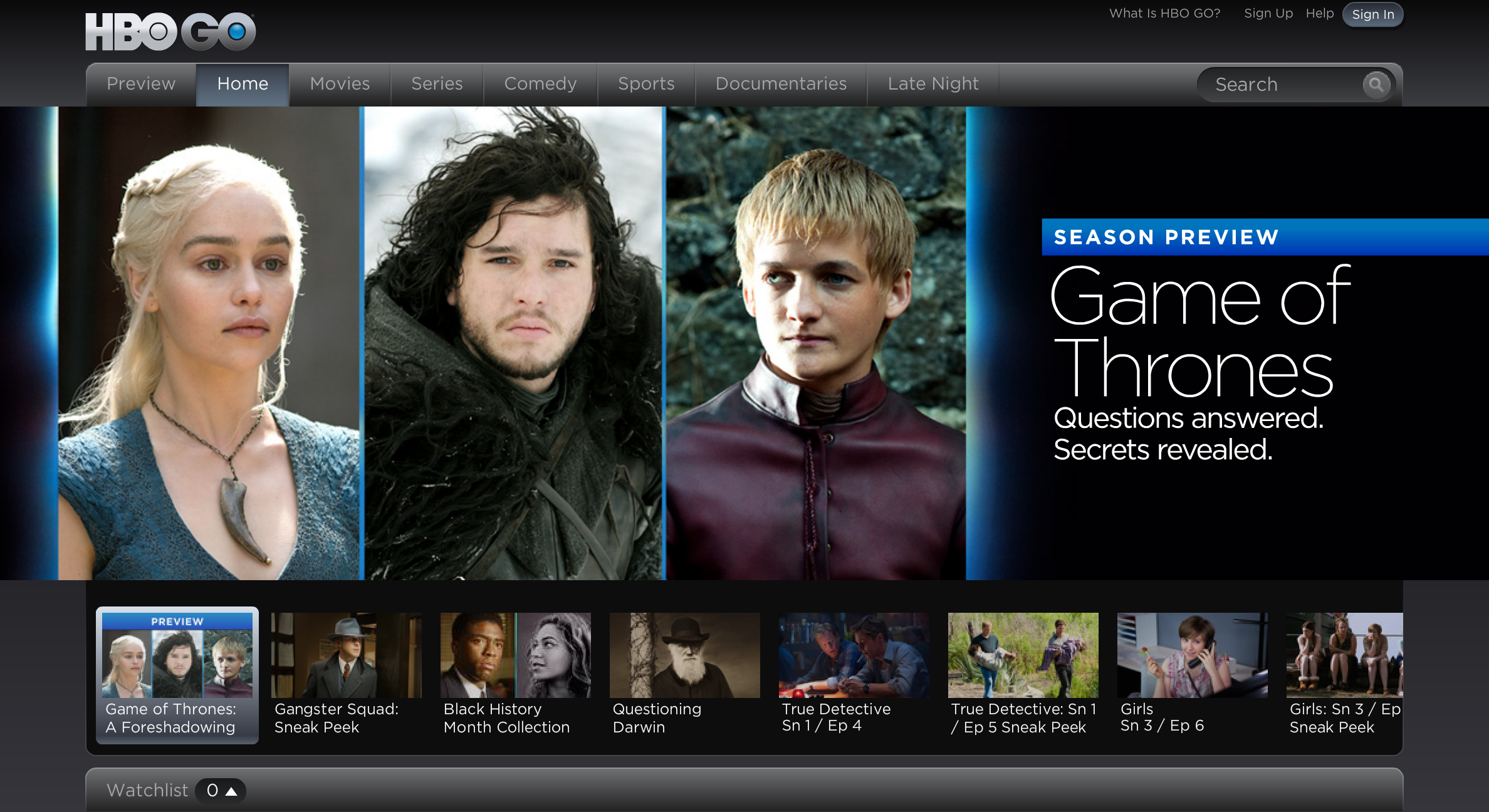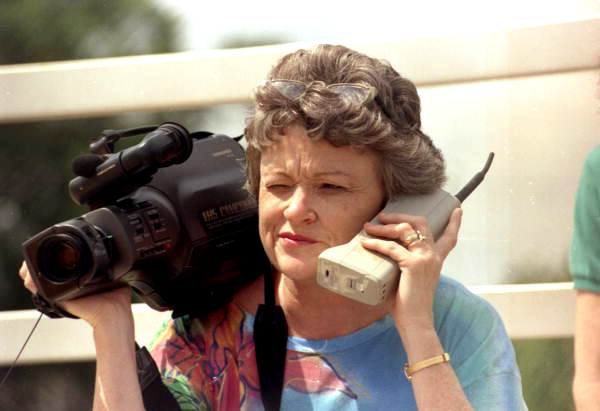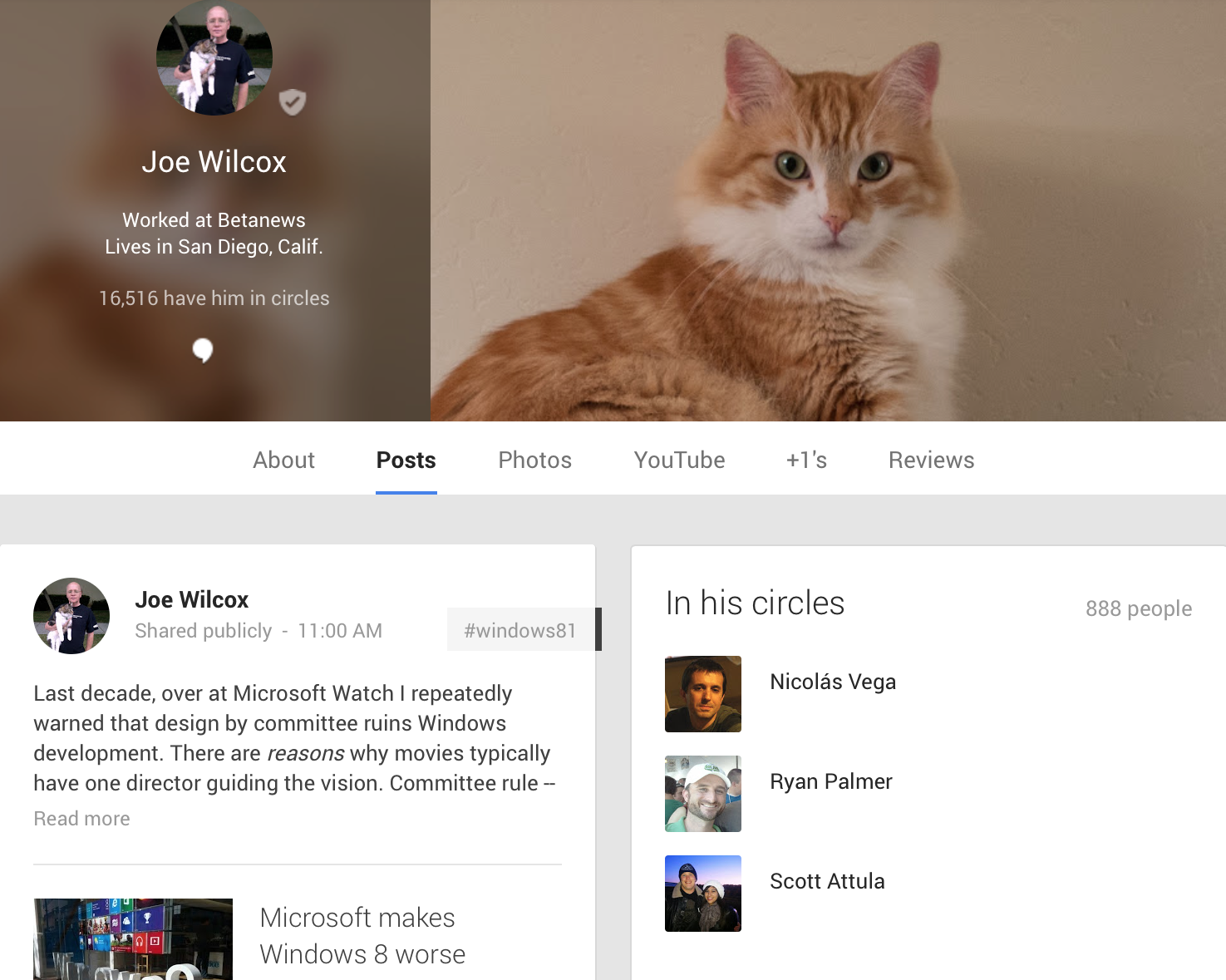I called GoDaddy today and got a welcome surprise. There’s a new policy for phone requests. If 2-factor security is enabled, the caller must give the six-digit code sent by text message to access the […]


I called GoDaddy today and got a welcome surprise. There’s a new policy for phone requests. If 2-factor security is enabled, the caller must give the six-digit code sent by text message to access the […]

Against the background noise of ridiculous Apple rumors, television ambitions are constant. Apple wants to be a TV network, will build a flat-screen industry-changer, or soon will release stunning new set-top box. Sources are vague; days, months, and years pass devoid of the next big thing.
Today, Aaron Pressman (@ampressman) tweets story: “Apple’s Promised TV Revolution Will Be More Of The Same Crap, Thanks To Terrified Cable & Broadcast Executives” by Karl Bode for TechDirt. My reply: “They should be scared. The day HBO GO is stand-alone subscription, I’m done with cable forever”.

For my Be a Better Blogger crowdfunding campaign, roles are reversed. I am accustomed to public relations professionals—what many of my peers call flaks (I don’t)—sending me cold pitches about something related to technology. They range from product announcements to corporate news. Now I’m the cold pitcher promoting my money-grubbing requests to support the project. I don’t like how it all feels, but…
I actually archive most of the PR email received, and these messages go back to the 1990s. So my pool of marketing professional return mail addresses is quite sizable. The day after the campaign started (February 1), I pitched back. About 150 of the PR folks got my cold pitch. I kept the outreach to those with whom there had been interaction within 18 months. Their responses exceeded expectations.

As I update my long-neglected website and here review content relevant to forthcoming book Be a Better Blogger, some long-ago posts are surprisingly still relevant. I refer to “Can You Charge for News? Ask Google” (August 2009) and “The Price You Pay Google for Paywalls” (April 2010). The first looks at three different content sites and their visibility to Google search. Each uses a different paywall strategy. The second story assesses a website with all content behind a paywall.
Four years later, blog, news, and other content websites still grapple with the paywall question. Whether to charge? What to charge? When? Competition from sites delivering free content is major consideration. But another is often overlooked in the public discussion: Visibility in Google search.

Dropbox, like Twitter, demands more freedom to disclose government national security requests. The cloud companies share something vitally important. Their businesses are built on trust. You won’t store your stuff or tweet from an oppressive regime if someone can access your content or identify you. Twitter’s position, as I explained last week, also supports free speech and benefits news gatherers across the globe.
“Whom do you trust?” is a vitally important question, with so many devices connected to the Internet and accessing cloud services. Dropbox learned lessons—okay, presumably—three years ago when changing its Terms of Service agreement to allow government access. Suddenly all those encrypted files weren’t as permanently secure as customers expected. They responded unkindly.

While searching Flickr Commons for one thing, I found another—this amazing photo of Pulitzer Prize-winning journalist Lucy Morgan. Circa 1985, you see it. She carries cell phone and video camera, tools of the trade long […]

Judging by Philip Elmer-DeWitt’s Google+ posts, he is a nobody—less than 500 Circles and virtually no comments. Reality is something else: Philip is a respected reporter responsible for the Apple 2.0 blog. Googlism is primary reason, I believe, for the response—or lack of it. The social network attracts Google fanboys and abhors others. There isn’t much audience for him on Plus.
But over on the Fortune website, Philip’s following is clear, judging by comments to his frequent posts. He falls into the “advocacy journalism” category. Philip writes for an Apple audience and often, but by no means always, favorably about the fruit-logo company.
There is no denying that the home of the summer of love is now experiencing a winter of fear and loathing. Rory Carroll Superbly-written take on the revolt around San Francisco against tech giants like […]

My personal site is in state of revival, as I follow through on a long-contemplated change to my blogging style. I let inertia hold me back. No longer.
Since July 2011, I reserved most of my personal writing for Google+ and built there a fairly robust following (more than 16,000 Circles at present). The social network makes easy posting and connecting to others. Elsewhere, I write for BetaNews (e.g., for work).

If you want your writing to impact, be present. Past tense weakens the narrative and deadens the emotional connection with readers.
Present tense is a weapon, which use raises body counts. Over at the BetaNews, some commenters consistently accuse me of being an overly-emotional writer. I cock my head and laugh, because just the opposite is true. Ambivalence is my feeling about 95 percent of stories, if not more. But accusations persist that I am a killer. For sure—of past tense.
[youtube http://www.youtube.com/watch?v=KpuF_CTQrlo] Scifi lover Shea Standefer and “big all-around nerd” shows off her stunning the Original Star Trek costume, in this video I shot during Comic-Con 2012. She bought the costume from Anovos, which […]
Here is another vid from Comic-Con 2009 and, again, 360p even though I shot in 1080p. Perhaps YouTube allows re-uploads with higher quality? This one is a bit long for the actual content, but I […]